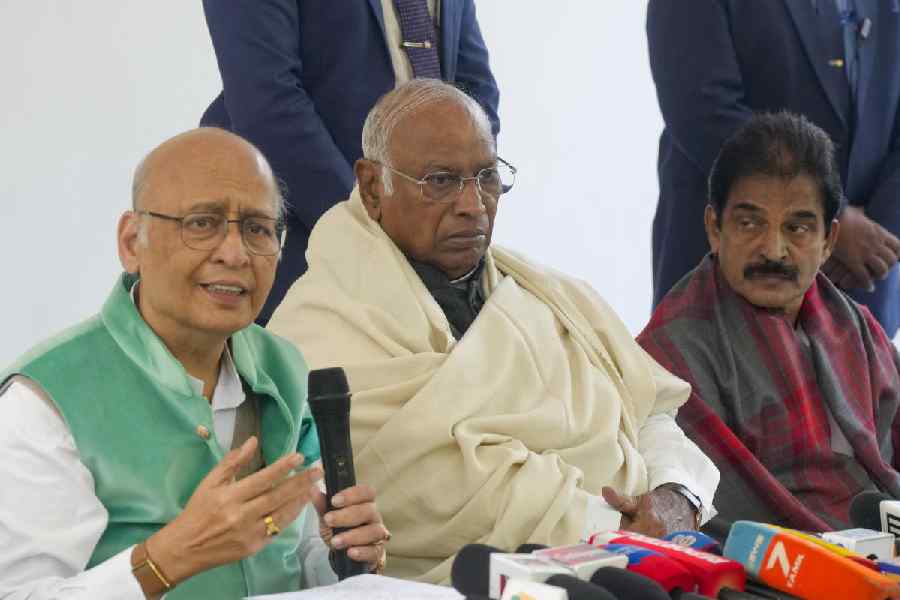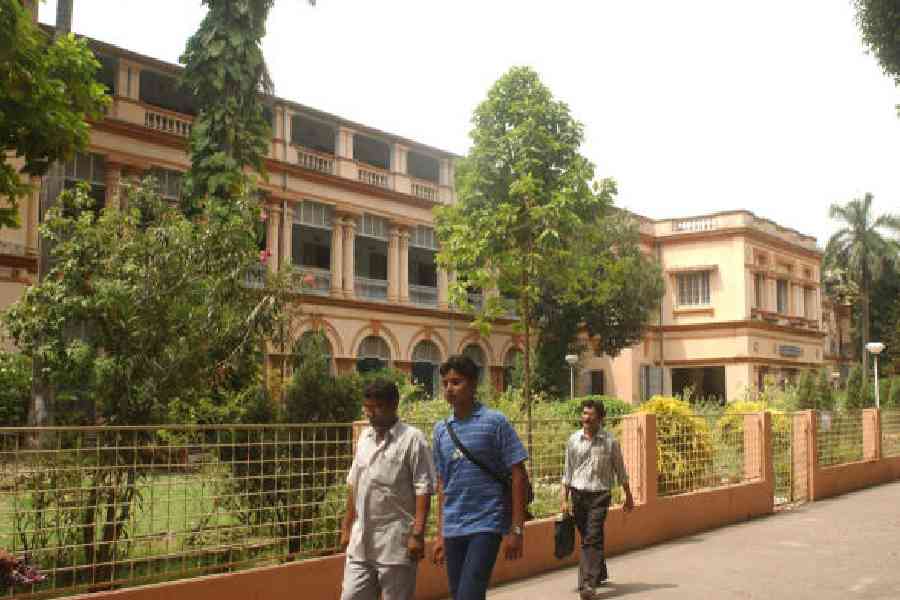 The two mockingbirds lay side by side in a cardboard box, with little tags around their legs. A note on a yellowing parchment paper said they’d been collected by Charles Darwin from the Galapagos Islands in 1831. The birds had started a train of thought in the 22-year-old youth. How were these birds connected to extinct species, to similar species in nearby islands and to species in other isolated islands? Were the birds just variations of one species or were they different species? An idea was taking hold that was to be published over two decades later and shake the world.
The two mockingbirds lay side by side in a cardboard box, with little tags around their legs. A note on a yellowing parchment paper said they’d been collected by Charles Darwin from the Galapagos Islands in 1831. The birds had started a train of thought in the 22-year-old youth. How were these birds connected to extinct species, to similar species in nearby islands and to species in other isolated islands? Were the birds just variations of one species or were they different species? An idea was taking hold that was to be published over two decades later and shake the world.
In another cabinet lay a small red journal with a drawing and some notes by Darwin from July 1837. It was a sketch of the Tree of Life. Written above it were two simple words: “I think”. The diminutive notebook in its glass case, lying among the other artefacts at the Natural History Museum in London, is a reminder of how great ideas are born and carried forward by enquiring minds. “All species are related through common ancestry and they change with time,” continued Darwin. He had already started formulating his thoughts.
 |
 |
 |
| IN THE BEGINNING: (From top) Darwin’s anatomy lecture card at the University of Edinburgh, his sketch of the ‘Tree of Life’, and the College Museum in Edinburgh, now called the Talbot Rice Gallery |
Unlike many other scientists, Darwin did not have a Eureka moment. His was a steady process of inquiry which started from the days he collected beetles as a boy in his father’s country estate to the time he went to Edinburgh to study medicine, a profession that he would never pursue. He was 16 when he enrolled in Edinburgh in the autumn of 1825.
Darwin’s thinking began in the Scottish capital among the cobbled stones of the university — a fact that the University of Edinburgh is highlighting as the world celebrates the bicentenary of Darwin’s birth on February 12 and the 150th anniversary of the publication of On the Origin of Species.
Coming from the plains of Shrewsbury, the geography of Edinburgh fascinated Darwin. He walked for miles on the dark volcanic rocks of the Salisbury Crags that stretched across the city landscape and merged into the sea. He inspected the rich marine life in the Firth of Forth, home to otters, seals and a diverse variety of sea life. At a time when most Europeans believed the world was created by God in seven days, a young boy was making notes on marine life and volcanic rocks, sowing the seeds for what would be a path-breaking discovery later.
“We have to see the mind of young Darwin working here inspired by the Scottish Enlightenment and the French Renaissance,” says Dr John Scally, director of University Collections who is curating an exhibition on Darwin to coincide with the anniversary. “This was not a cultural backwater. Walter Scott was still alive when Darwin came to Edinburgh. He studied under brilliant minds. This place was at the cutting edge of scientific inquiry and his mind was nurtured here.”
In the University Museum (now the Talbot Rice Gallery), Darwin saw the rows of stuffed birds in the display cabinets and it excited a certain curiosity in him. He befriended a black man called John Edmonstone who taught him taxidermy. Given that Darwin came from a well-heeled landed family, this friendship with a former slave was unusual. It paved the way for his thinking about the equality of races and became the starting point for his theory of natural selection. Darwin was to remain a firm believer in the equality of men and later wrote strongly about the condition of slaves in Brazil. Horrified at the sight of a patient being amputated without anaesthesia, Darwin left medical school in 1827 and moved to study divinity in Cambridge. Even there, he became drawn more towards botany than theology and took the sole botany course three times. In 1831 he was offered the position of assistant naturalist to a scientific expedition on the survey ship HMS Beagle which took him to the Galapagos.
Despite his father’s disapproval, he set sail armed with a compass, a pistol, a geological hammer and a bunch of notebooks. Over five years he travelled around the world. Scrawled in what are known as the “Beagle notebooks” Darwin made 368 pages of notes, 1383 pages of geological entries and sent back over 1500 specimens of plant and animal life. He sat on the back of giant tortoises in the Galapagos, dug out fossils from rocks and lived with the Goucho cowboys in South America who called him “Don Carlos”.
On the voyage, Darwin read Charles Lyell’s Principles of Geology which suggested that the fossils found in rocks were evidence of animals that had lived millions of years ago. In the Galapagos Islands, Darwin noticed that each island supported its own form of finch which were closely related but differed in important ways.
On his return to England in 1836, Darwin tried to solve the riddles of these observations. Influenced by the ideas of Malthus, he proposed a theory of evolution occurring by the process of natural selection. He noted that animals and plants best suited to their environment were more likely to survive and reproduce, passing on the survival characteristics to their offspring. Gradually, the species changed over time.
He worked on the theory for the next 20 years, hesitating to put it into print as he knew the stir it would cause. He even considered publishing it after his death. “It is like confessing to a murder,” he wrote to his friend. It was only when he learnt that another naturalist, Alfred Russel Wallace, was about to go to print with similar ideas that he decided to publish his own findings.
On the Origin of Species was published in London by John Murray in 1859 to an initial print run of 1200. It sold out on the first day. Commuters read it on their way to work and debated it in offices. Another 3000 copies were printed immediately. Today, only 28 pages of the original handwritten manuscript remain.
As Darwin becomes the hot favourite in his bicentenary year, exhibitions in London and Edinburgh are showcasing his memorabilia. Down House, his country house in Kent where he wrote Species, is seeking World Heritage Status. It was at Down House that he created a physic garden to study plant specimens and collected nearly 90 varieties of pigeons to record their variations.
The Talbot Rice Gallery in Edinburgh has also raided its vaults to display Darwin memorabilia, including his signed lecture cards, botany notebook with drawings of from nature and the final page of his manuscript of Species written on ordinary exercise book paper.
London’s Natural History Museum is running a Darwin exhibition tracing his journey on the Beagle and recreating his study at Down House. On display are private letters, journal entries, specimens and observations.
“All is finally settled and I have sealed away about half a chance of life,” wrote Darwin as he sailed away on the Beagle. “If one lived merely to see how long one could spin out life, I should repent my choice. As it is I do not.” The world was richer for his choice.










